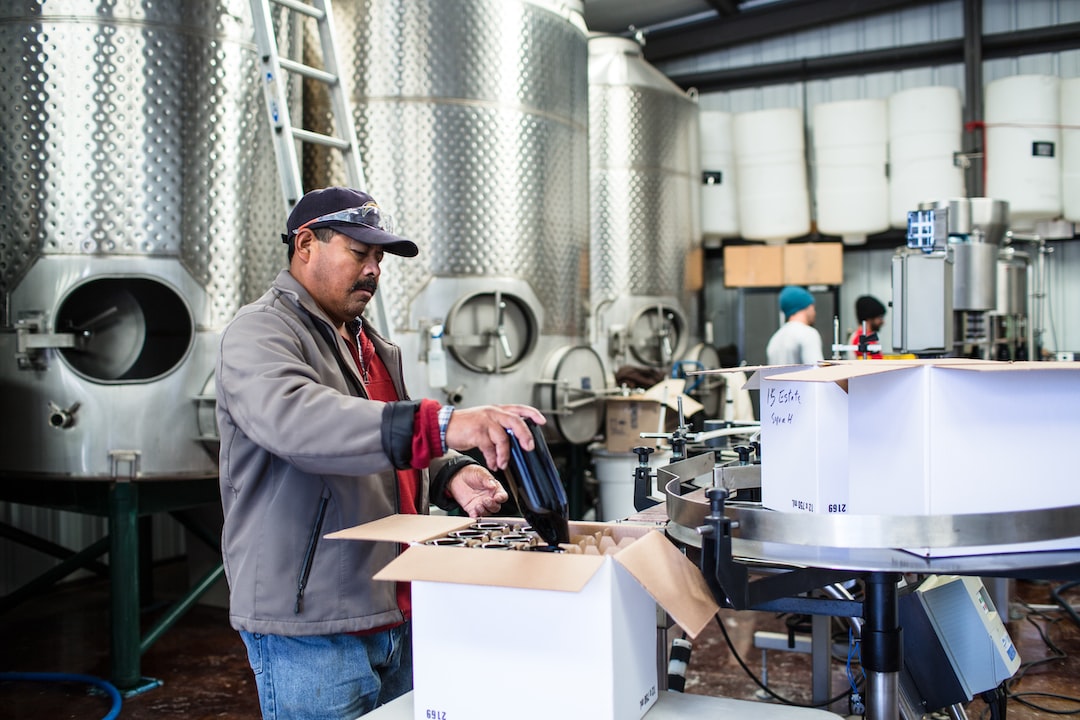Ensuring Safety in the Manufacturing Workplace: Best Practices and Regulations
Safety in the workplace is crucial, especially in the manufacturing industry where workers are regularly exposed to various hazards. Employers have a moral and legal responsibility to ensure the safety and well-being of their employees. By implementing best practices and adhering to regulations, manufacturers can create a safe and productive work environment.
One of the key steps in ensuring safety in the manufacturing workplace is conducting a thorough risk assessment. This involves identifying potential hazards, assessing the level of risk associated with each hazard, and implementing appropriate control measures. This assessment should be done regularly to account for any changes in the manufacturing processes or work environment.
Workplace safety training is another essential aspect of ensuring safety. All employees should receive comprehensive training on the potential hazards in the workplace, as well as on the correct use of safety equipment and procedures. This training should be provided when employees are hired, and should be repeated periodically to ensure that employees are up to date with the latest safety protocols.
Personal protective equipment (PPE) is a critical component of workplace safety. Manufacturers should provide and enforce the use of appropriate PPE such as gloves, goggles, helmets, and respiratory protection for employees working in hazardous areas. Regular inspections and maintenance of PPE should also be carried out to ensure its effectiveness.
In addition to these best practices, manufacturers must also comply with relevant safety regulations. Depending on the country, industry, and nature of the work performed, there may be specific regulations that manufacturers must follow. For instance, the Occupational Safety and Health Administration (OSHA) in the United States sets standards for workplace safety, including regulations for manufacturing industries. Manufacturers should familiarize themselves with these regulations and ensure compliance to avoid penalties and ensure employee safety.
One such regulation is the Hazard Communication Standard (HCS) which requires manufacturers to provide employees with information and training on hazardous chemicals they may be exposed to while working. Manufacturers must maintain up-to-date safety data sheets (SDS) for all chemicals used in the workplace and provide proper labeling and signage to alert employees about potential risks.
Another important regulation is the Control of Hazardous Energy (Lockout/Tagout) standard. This regulation requires employers to establish and implement procedures for safely isolating and securing energy sources during servicing and maintenance work. Failure to comply with this regulation can result in serious injuries or fatalities.
Regular inspections and audits are crucial in ensuring ongoing safety in the manufacturing workplace. Employers should carry out routine inspections to identify potential hazards, equipment malfunctions, and any non-compliance with safety procedures. These inspections should be documented, and corrective actions should be promptly implemented.
To maintain a safe work environment, manufacturers should encourage open communication and employee involvement in safety matters. Employees should be encouraged to report hazards and near-miss incidents without fear of retribution. Regular safety meetings can provide an opportunity to discuss safety concerns, share experiences, and find ways to improve safety measures.
Lastly, manufacturers can also benefit from collaborating with industry organizations and participating in safety programs and initiatives. These organizations often provide resources, training, and guidance on improving workplace safety. By actively engaging in such programs, manufacturers can gain valuable insights and knowledge to further enhance safety best practices.
In conclusion, ensuring safety in the manufacturing workplace requires a proactive approach and strict adherence to best practices and regulations. By conducting risk assessments, providing comprehensive training, implementing control measures, and complying with safety regulations, manufacturers can create a safe work environment for their employees. Incorporating regular inspections, open communication, and participation in industry programs can further enhance safety practices and contribute to the overall well-being and productivity of the manufacturing workforce.

